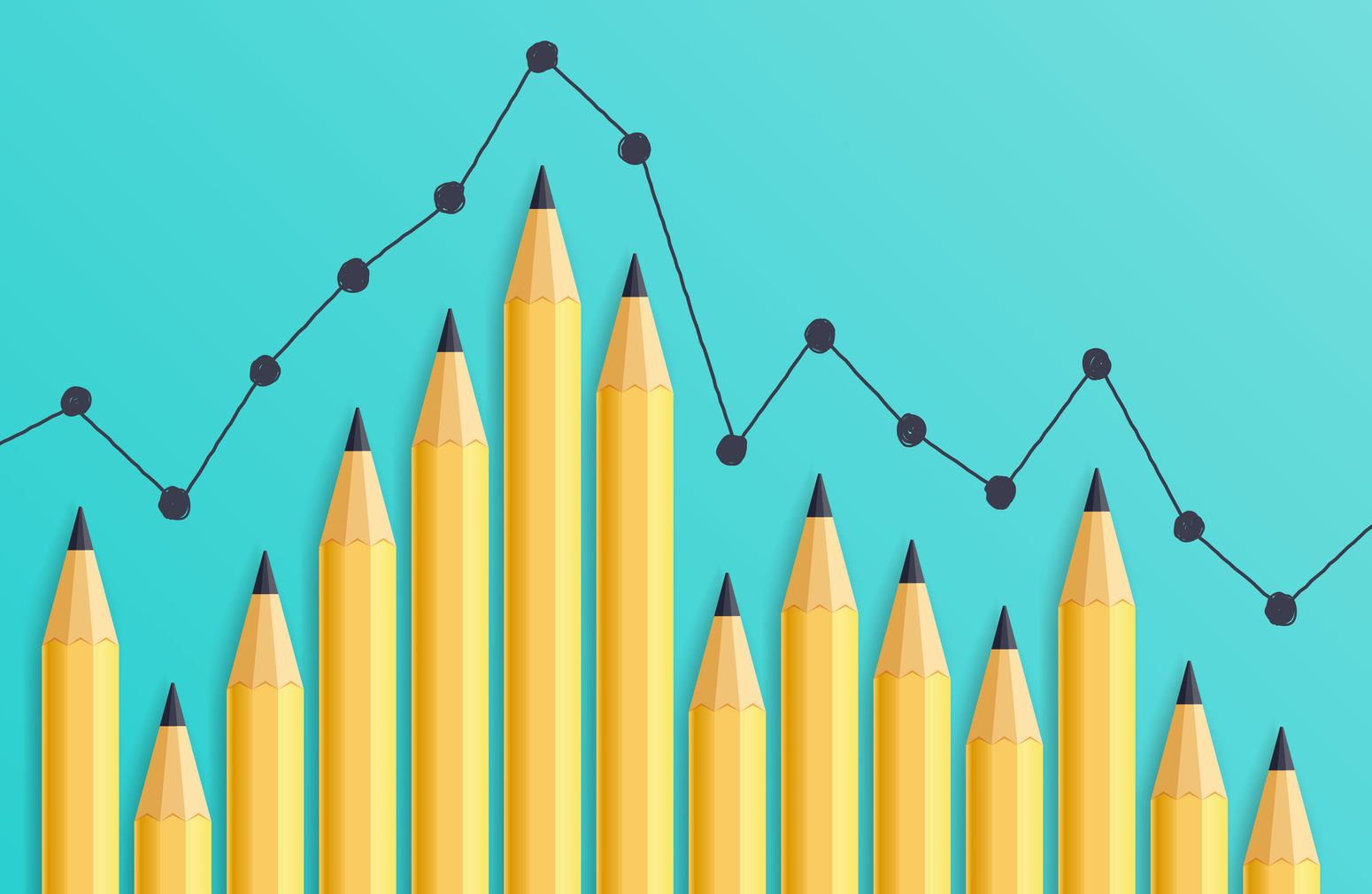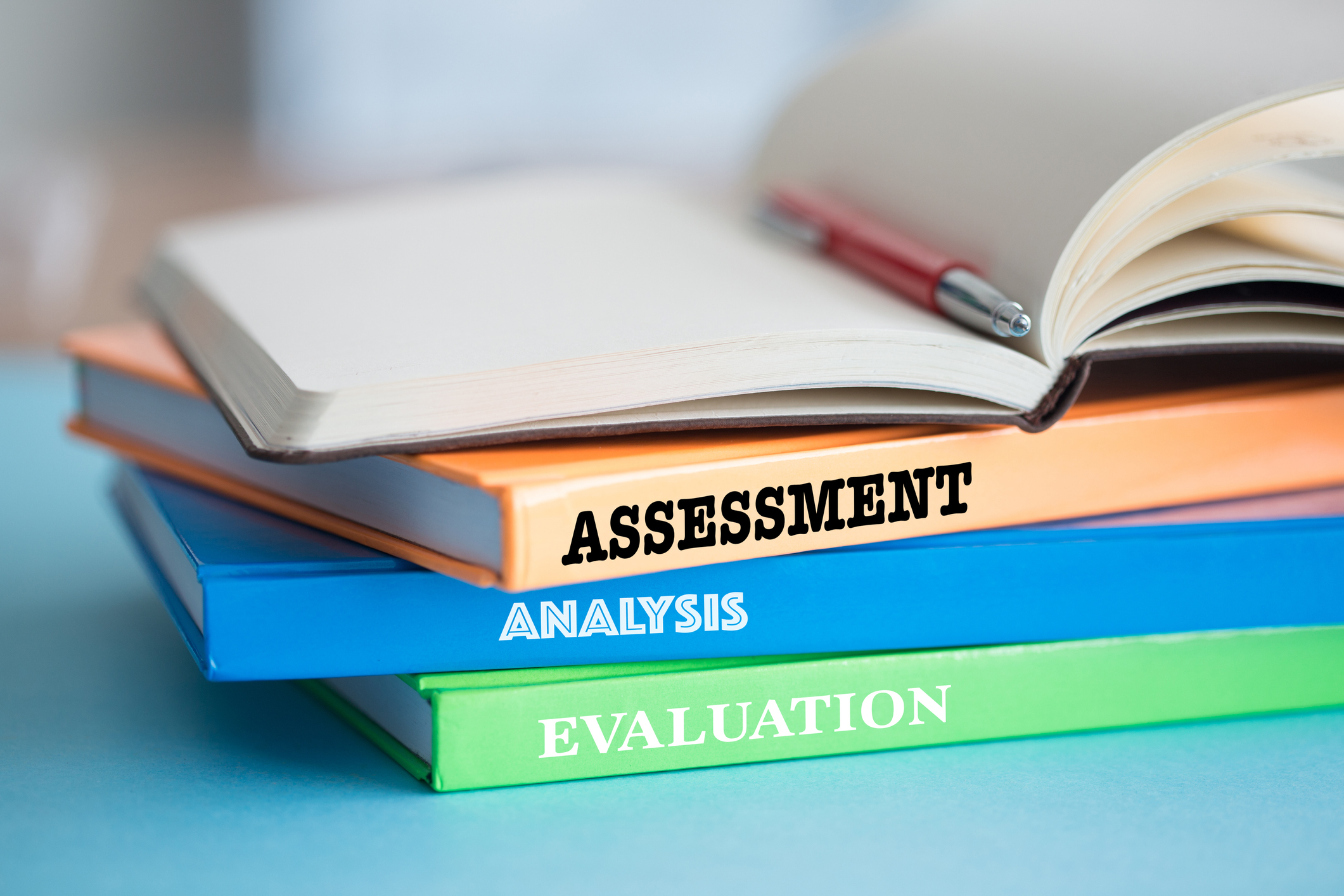
In today’s world, data is everywhere. We want adequate data to give us insight when watching sports, to inform us about our calorie intake, and even tell us which movie to watch in the theater. One place where data is instrumental is in the world of education. On any given day, you will find teams desegregating data, conference rooms and offices with data walls and charts, and classroom instruction driven by data. For some teachers and administrators, data can be a source of stress, frustration, and debate. It is important to note that data is not going anywhere, no matter how you feel about it.
The environment in which we analyze data is high-intensity and stressful. Typically, you will find educators intensely looking over or reviewing multiple choice assessment reports with standards color-coded in red, green, or yellow depending on student performance. But what if we use another type of data? What if data is right at your fingertips that tells us what students know and do not know? What if there is data that can give teachers the insight needed for them to adjust or pivot instruction in real-time? What is this data? The answer is quite simple. It is student work. Student work that a teacher collects today can inform them about tomorrow.
Why Looking at Student Work is Important
In her book Student Centered-Coaching, Diane Sweeney states,” Looking at student work helps teachers shift from a ‘deliver and assess’ approach to an ‘assess and deliver’ approach. When we continually look at student evidence of learning, we can plan what students need next (p.106).” Sweeney is correct, as student work helps us as educators plan more effectively to meet the needs of our students as they work to master standards and success criteria. The benefits of analyzing and sorting student work help teachers to increase student achievement. The collected evidence will inform us as educators about what students need for the next day of instruction.
Coaching Around Student Work
Some may say there is no time to look at student work successfully. However, it is easier and more convenient than you think. There are ways to make the process more effective and less time-consuming. Teachers can plan together. Utilize your professional learning communities and plan time to set aside time to analyze student work together. As educators, we can empower ourselves by asking about the evidence they would select that would give information on moving to learn forward. Teachers can select what students work to sort and analyze as a group. Student evidence of learning is most helpful when there is alignment to learning targets for the lesson, and the product is descriptive and makes the learner’s thinking visible.

It is essential to have probing questions asked to allow for proper reflection. Some of those questions may include the following:
- Does the student work we want to collect connect to the learning targets?
- What are students working on?
- What is the focus of the lesson?
- How will the work we want to collect demonstrate success?
Also, as a group, determine whose work will be chosen before the lesson is taught before you begin looking at student work. This could focus on Special Populations, randomly selecting four students, bringing work from different levels of success (i.e., High, Medium, and Low), or one teacher can volunteer to bring an entire class set of student work.
Once you have selected the student work samples, educators must sort the work based on overall performance, skills, or content gaps. There may be other categories, but the three mentioned are likely the most effective in showcasing student learning. Educators can then discuss trends and common errors and plan the next steps. When gaps are found, determine when and how to address the gaps in the learning and content. Is there a need to do a full reteach? Or are the gaps only seen in a few students?
Collecting and sorting work can be done before instruction, as instruction occurs, or at the end of the lesson. This process does not need only to take place during PLCs. Collect student products after every lesson regardless of whether a sorting or analysis process occurs in a PLC or not.
As we look at student work, we must avoid the deficit mindset. Getting stuck and focusing on what needs adding is easy. By doing this, we need to catch the information that is there.
So What Is Next?
Please find the best student work protocol for you and your campus. Begin looking at student work as a group and have those complicated but needed conversations. Student work analysis does not substitute multiple-choice exit tickets or assessment data. It helps to give us a clearer view of the learning process in our classrooms.
Active Classroom has hundreds of professional learning opportunities to support administrators and educators
Try a free 30-day trial today
Reference
Sweeney, D. (2011). Student-centered coaching a guide for K-8 coaches and principals. Corwin.
Brandon L. Brewton knows the importance of being a lifelong learner. Entering his tenth year in education, Brandon has a wealth of experience that has allowed him to impact the growth and development of both students and teachers across the Houston area. Brandon has taught social studies at both the elementary and secondary levels. He’s also served as a district instructional coach and is currently a secondary social studies coordinator, where he focuses on the development of curriculum and instructional coaches. With a BA in political science and a master’s degree in curriculum and instruction, Brandon is currently in the process of completing his doctorate in education, with an expected graduation date of September 2023.
